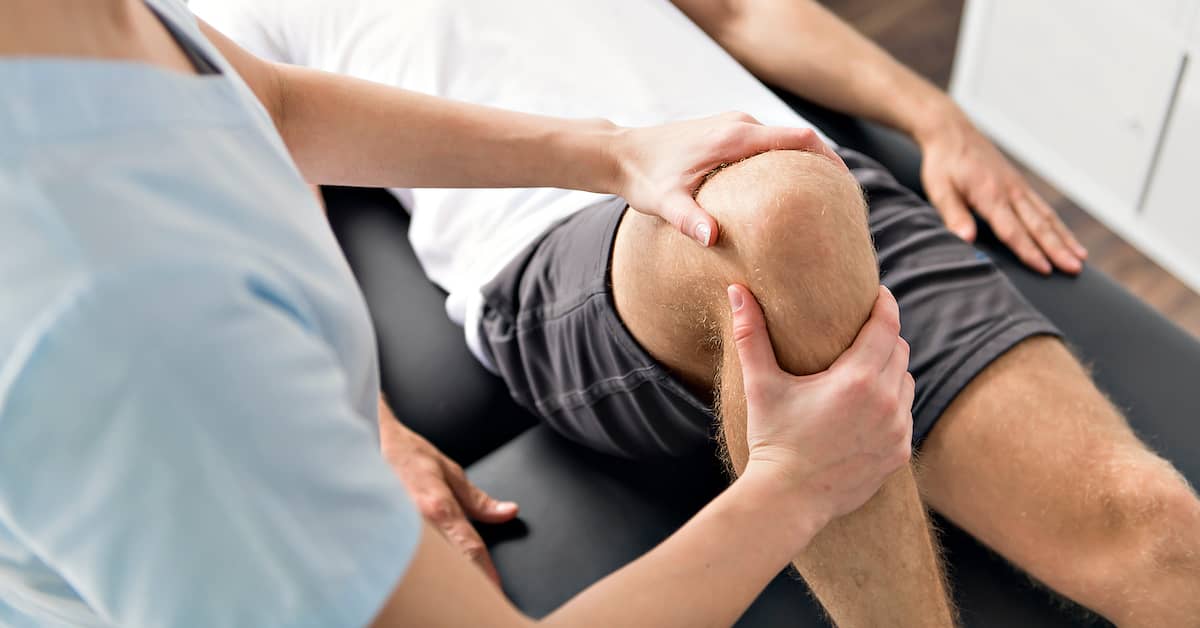Efficient Approaches for Alleviating Dyspnea in Physiotherapeutic Therapy Appointments
Efficient Approaches for Alleviating Dyspnea in Physiotherapeutic Therapy Appointments
Blog Article
Breathing difficulties, or difficulty respiration, is a frequent concern that many people face, particularly those with chronic lung conditions, heart problems, or other medical concerns. In physical therapy sessions, addressing breathing difficulties is crucial for helping patients improve their overall quality of life. By employing specific methods and approaches, physical therapists can assist patients in controlling their respiratory difficulties. Understanding these effective approaches can empower both therapists and patients to work together more effectively in overcoming challenges related to dyspnea.
One of the primary techniques used to alleviate breathing difficulties in physical therapy is the application of regulated breathing activities. These activities often focus on abdominal breathing, which promotes patients to use their diaphragm rather than their upper thoracic muscles when breathing in. This method helps to increase lung volume and efficiency. Additionally, pursed-lip breathing is another technique that can be helpful. This method requires breathing in through the nose and breathing out slowly through compressed lips, which can assist to keep airways clear longer and render breathing feel more manageable. By incorporating these activities into therapy appointments, physical therapists can provide patients with strategies to manage their dyspnea both during and outside of their sessions.
Another crucial element of managing dyspnea in physical therapy is the creation of an individualized exercise regimen. Customizing exercises to meet the individual needs and abilities of each patient is crucial. Therapists should slowly introduce aerobic activities, such as ambulating or cycling, in a structured manner, allowing patients to develop their endurance over time. This incremental method helps patients to feel more comfortable with physical activity while at the same time improving their lung capability and overall stamina. It is important for therapists to observe patients carefully during these exercises to make sure they are not overexerting themselves, which could lead to greater difficulty of breath.
Education also plays a major role in alleviating dyspnea during physical therapy sessions. Providing patients with knowledge about their condition and the mechanisms behind breathing difficulties can enable them to take charge of their health. Therapists can explain how elements like anxiety, posture, and surrounding conditions can affect breathing. By understanding these ideas, patients can discover to control their symptoms more efficiently. Techniques such as stress reduction methods and proper body posture can further assist in reducing the effects of breathing difficulties during daily activities and therapy sessions.
In summary, effectively alleviating dyspnea in physical therapy sessions involves a mix of breathing exercises, personalized exercise regimens, and patient education. By applying these effective methods, physical therapists can help patients control their respiratory difficulties and improve their overall well-being. Collaboration between additional reading therapists and patients is crucial to create customized interventions that meet individual needs. With the appropriate support and methods, patients can experience relief from breathing difficulties and participate more completely in their physical therapy journey, ultimately leading to a better standard of life.